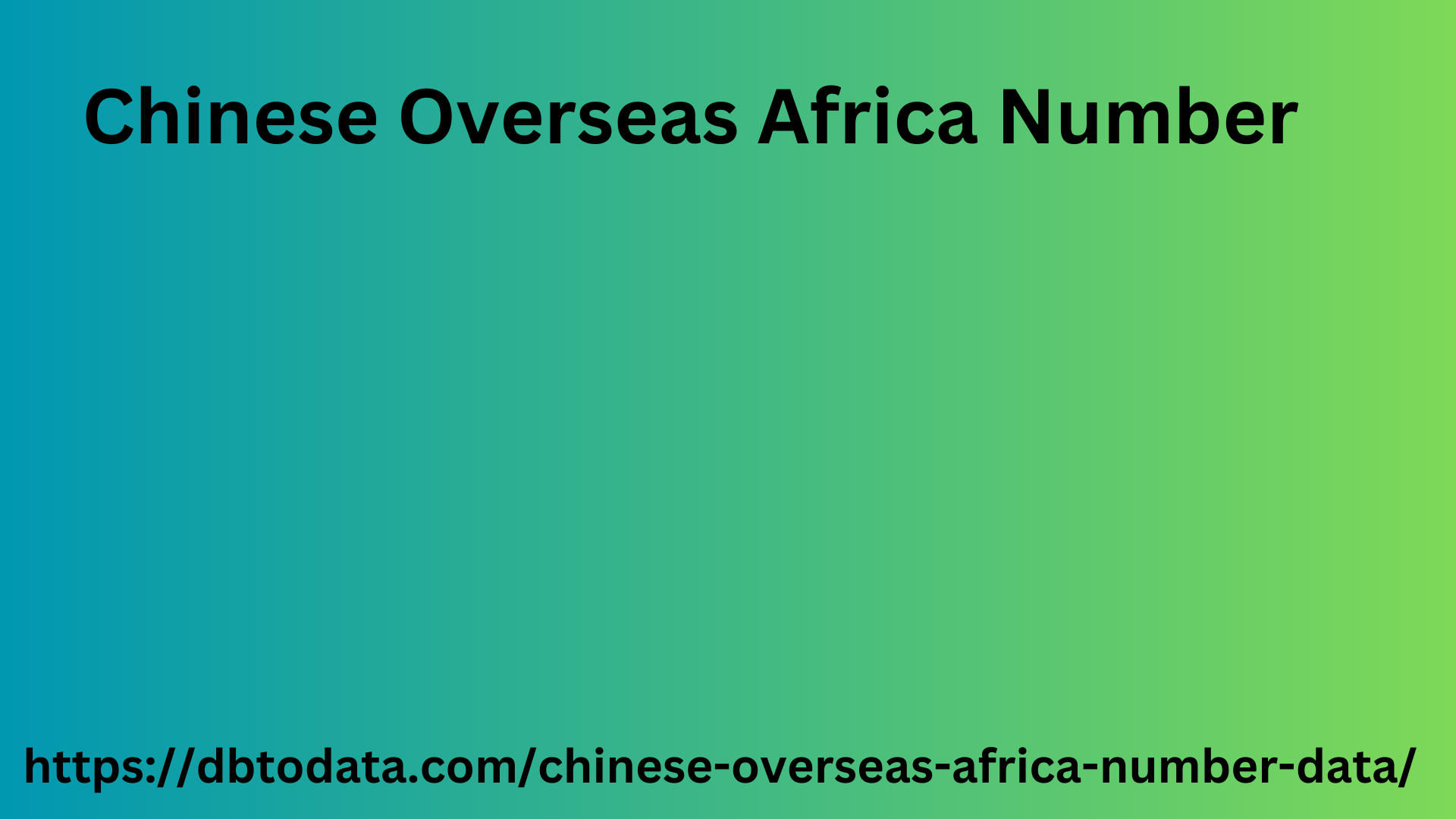|
|
In the vast landscape of social dynamics and human behavior, certain phenomena often emerge, captivating the curiosity of researchers and enthusiasts alike. Among these intriguing phenomena stands the Tindar Effect, a concept that has gradually gained recognition for its profound influence on modern society.
The Tindar Effect, named after the renowned psychologist Dr. Anna Tindar, refers to the subtle yet significant shifts in individual perceptions and behaviors when they believe they are being observed or evaluated. It delves into the intricate mechanisms of human psychology, shedding light on how the mere presence of an audience can alter one's actions and decisions.
At its core, the Tindar Effect exemplifies the intricate interplay between the individual and the social environment. Whether in real-life interactions or virtual spaces, people often find themselves navigating a complex web of expectations, judgments, and social norms. The awareness of being observed can trigger a multitude of responses, ranging from heightened self-consciousness to deliberate impression management.
In the digital age, where social media platforms serve as ubiquitous stages for self-presentation, the Tindar Effect takes on a new dimension. The proliferation of likes, comments, and shares creates a perpetual audience, shaping online behaviors and identities. From carefully Chinese Overseas Africa Number curated posts to strategic self-promotion, individuals navigate virtual spaces with the underlying awareness of being under constant scrutiny.
Moreover, the Tindar Effect extends beyond individual behavior to societal dynamics at large. It permeates various domains, from consumer behavior and marketing strategies to educational practices and organizational management. Recognizing the influence of perceived observation, marketers tailor advertising campaigns, educators adopt innovative teaching methods, and leaders implement transparent communication strategies.

However, amidst the complexities of the Tindar Effect, questions of authenticity and autonomy emerge. While social scrutiny may elicit conformity and adherence to societal norms, it can also stifle individuality and genuine expression. Navigating the balance between social conformity and self-authenticity remains a perpetual challenge in an interconnected world shaped by the Tindar Effect.
In conclusion, the Tindar Effect stands as a testament to the intricate nature of human behavior and social interaction. By unraveling its mechanisms and understanding its implications, we gain invaluable insights into the dynamics of modern society. As we navigate the digital age and beyond, awareness of the Tindar Effect empowers us to navigate the delicate balance between social influence and personal authenticity.
|
|